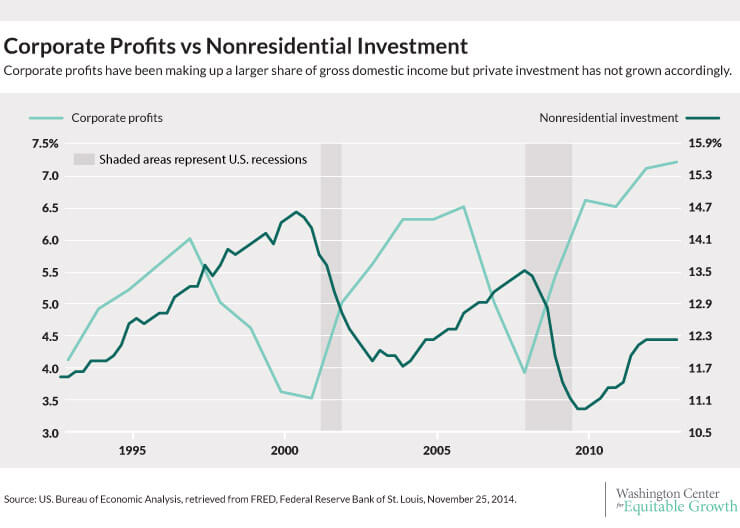In an interesting new working paper, economists Seth Benzell, Laurence Kotlikoff, and Guillermo LaGarda at Boston University and Jeffrey Sachs of Columbia University present a model of technology’s impact on workers’ incomes differentiated by their skills. In the authors’ model, high-tech workers write code and develop technologies that build upon the already accumulated code and technology base. The big finding—in most cases rapid technological advancement decreases wages and raises inequality.
This is an important topic that has led to some hysteria—a couple of the headlines covering the paper were “the robots are coming for your paycheck” and “how the robots will take your job and kill the economy.” But there are several ways to think about this research.
If we believe that once code is written, it is good forever (maybe with a few tweaks or upgrades over time), then the stock of code would grow rapidly. If that stock of code is a substitute for future code, then demand for high-tech workers would decrease over time. Reduced demand would push down wages not just for high-tech workers but also for other workers because high-tech workers look for work outside of the technology industry.
Think about Tetris. The video game was released in 1984 and now people can play it forever without ever having to hire someone to code it again (except maybe to port it to another platform). In some sense, this is could be an economics 101 story of declining marginal utility—as you get more of something, each additional piece gets less valuable.
But is that the right way to think about code? If instead of thinking about code as a capital good akin to a factory except that code never depreciates, what if it is more like art. Artists have contributed to the stock of art for thousands of years, but we still have people producing more art. We have more than a hundred years of movies, but new movies are still produced and make lots of money. Coders are still producing new video games despite no one needing to rewrite Tetris.
A lot of people are skeptical about the robots-are-coming-to-taking-your-jobs narrative. My colleague, Marshall Steinbaum, wrote a telling response to this narrative earlier this week. Technology has not led to mass unemployment and immiseration of labor in the past, yet the very nature of technological development means each invention and advancement is new and some technologies may replace people instead of make them more efficient. Because each innovation is by definition new, the this-time-is-different argument is generally pertinent but cannot easily be verified a priori. The bottom line is that the implications for workers of the evolving technological landscape will likely be a fruitful topic of debate for many years.

